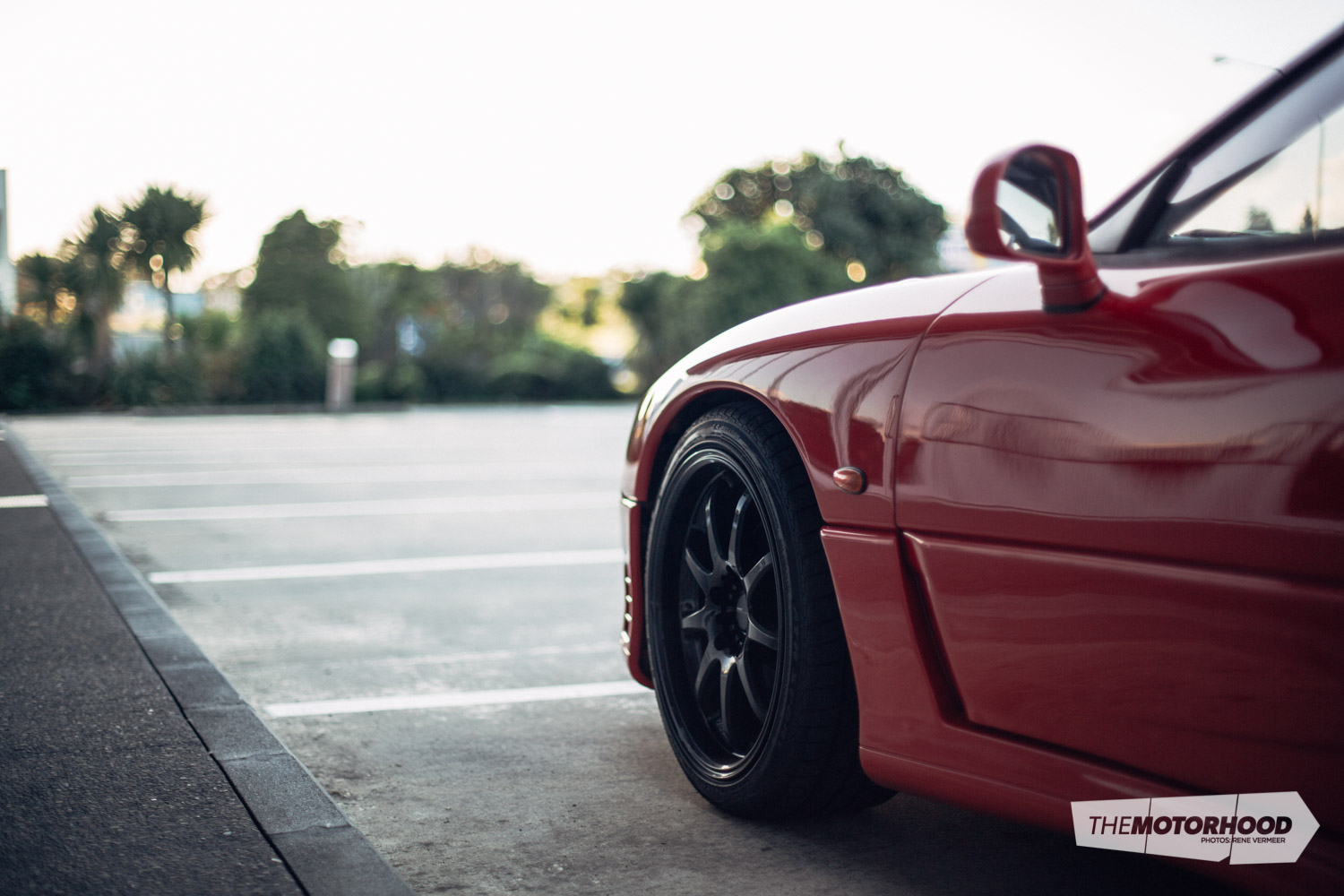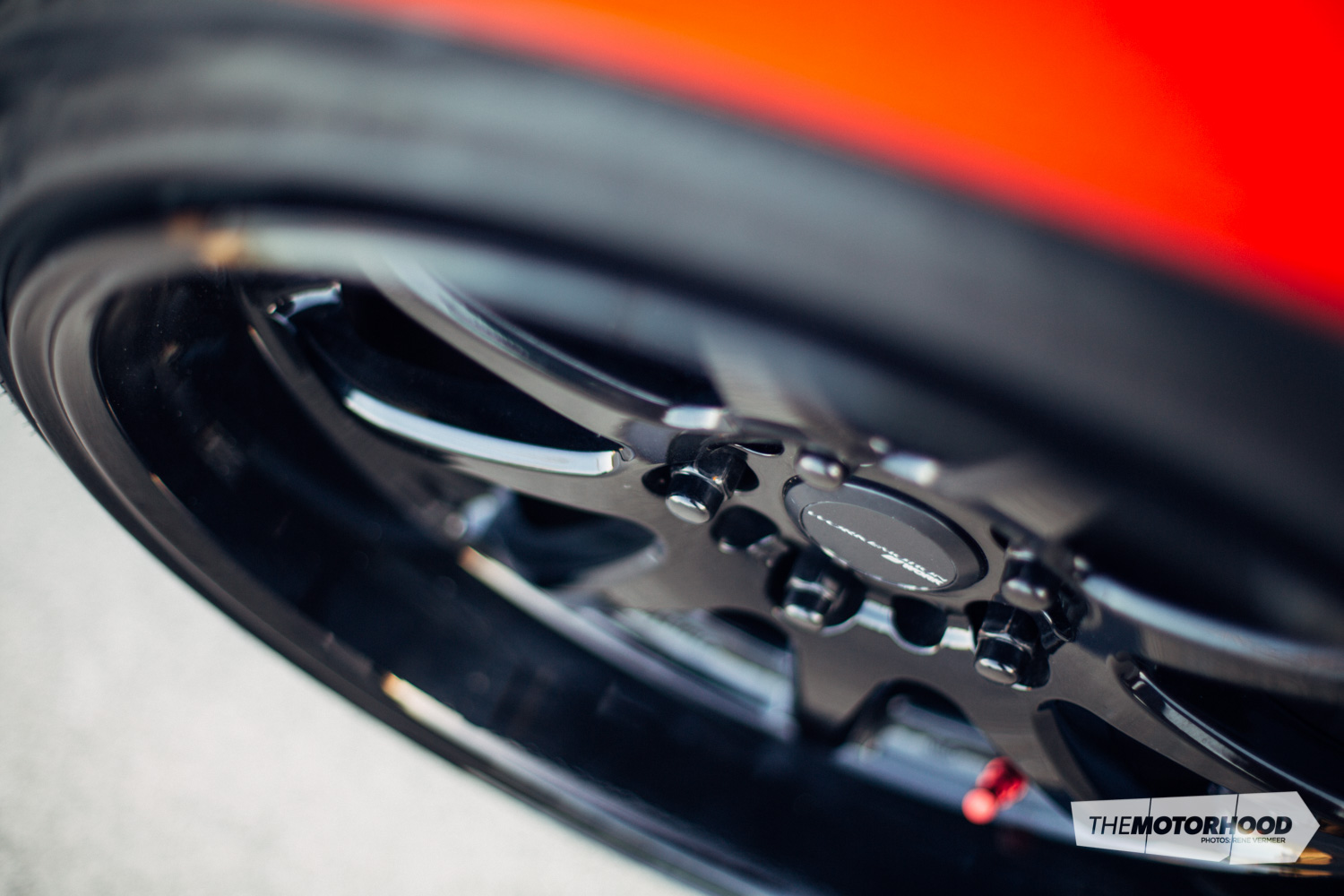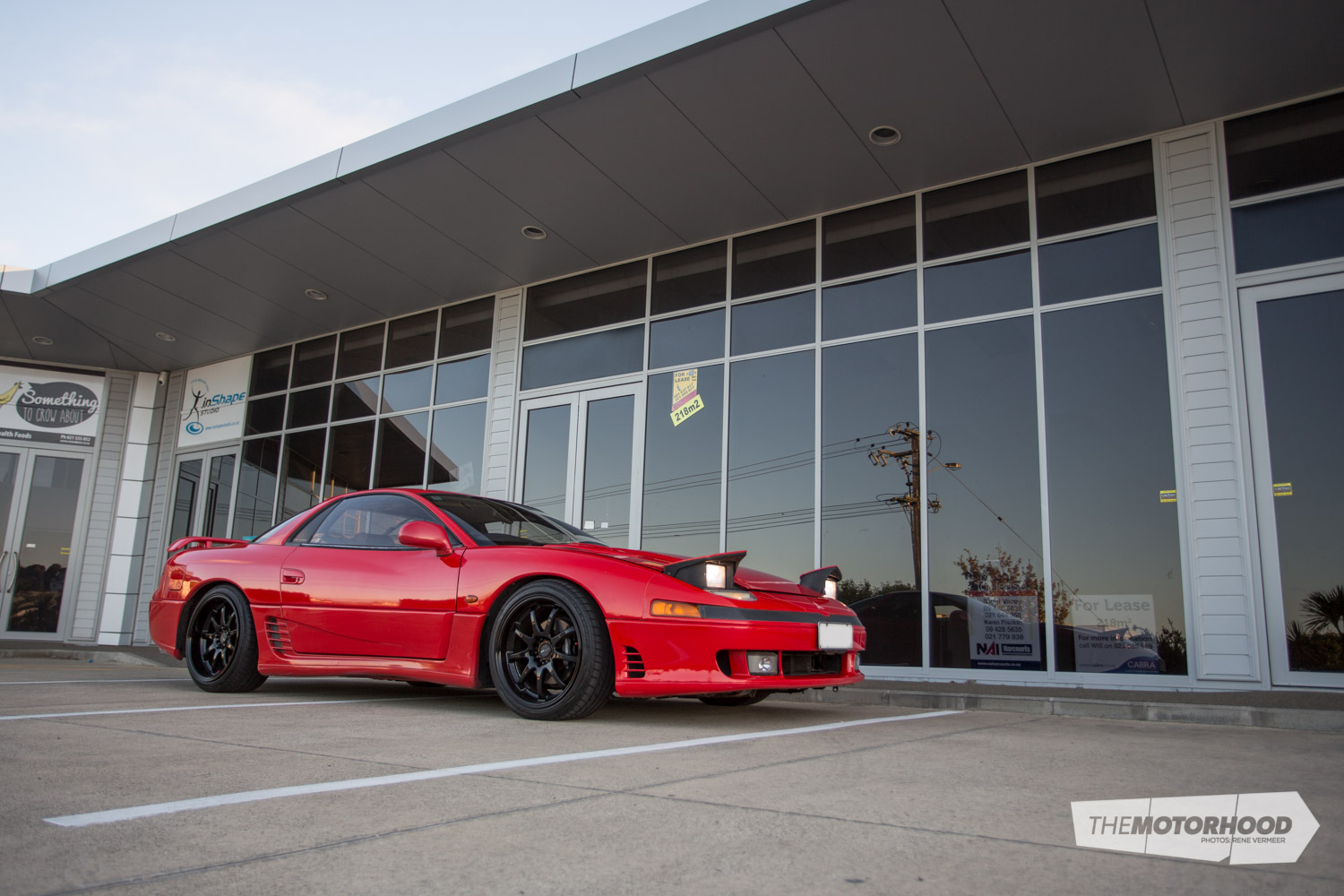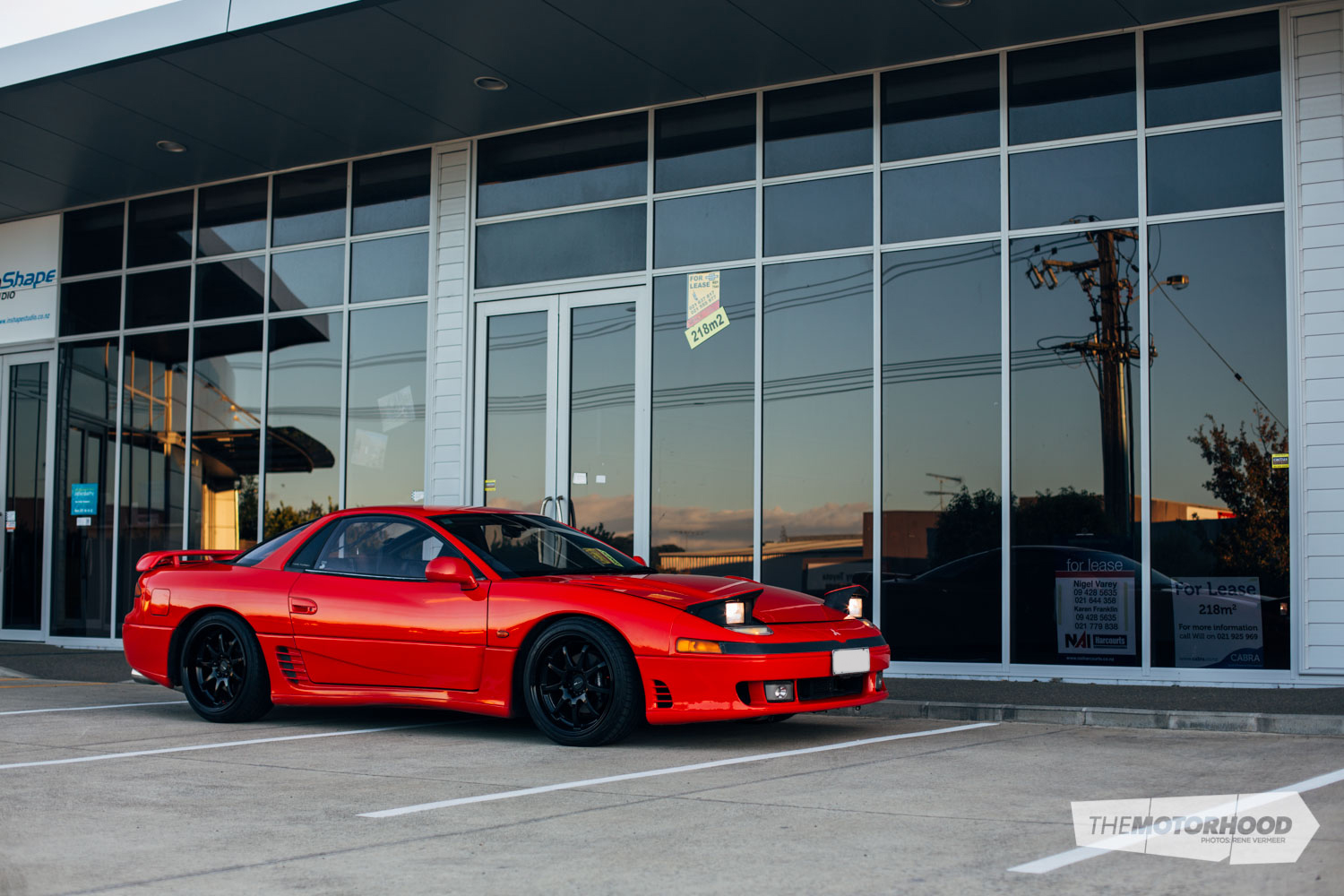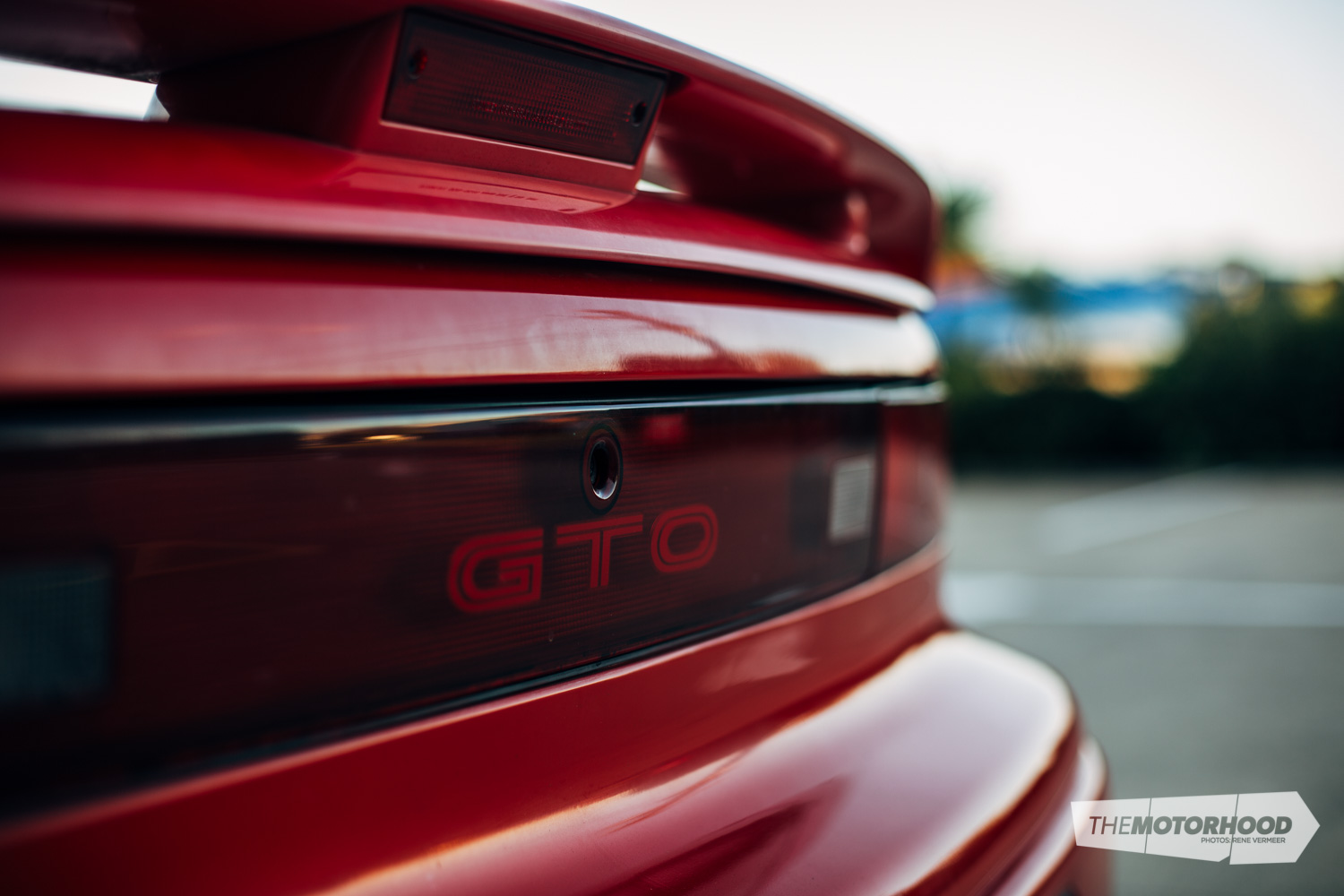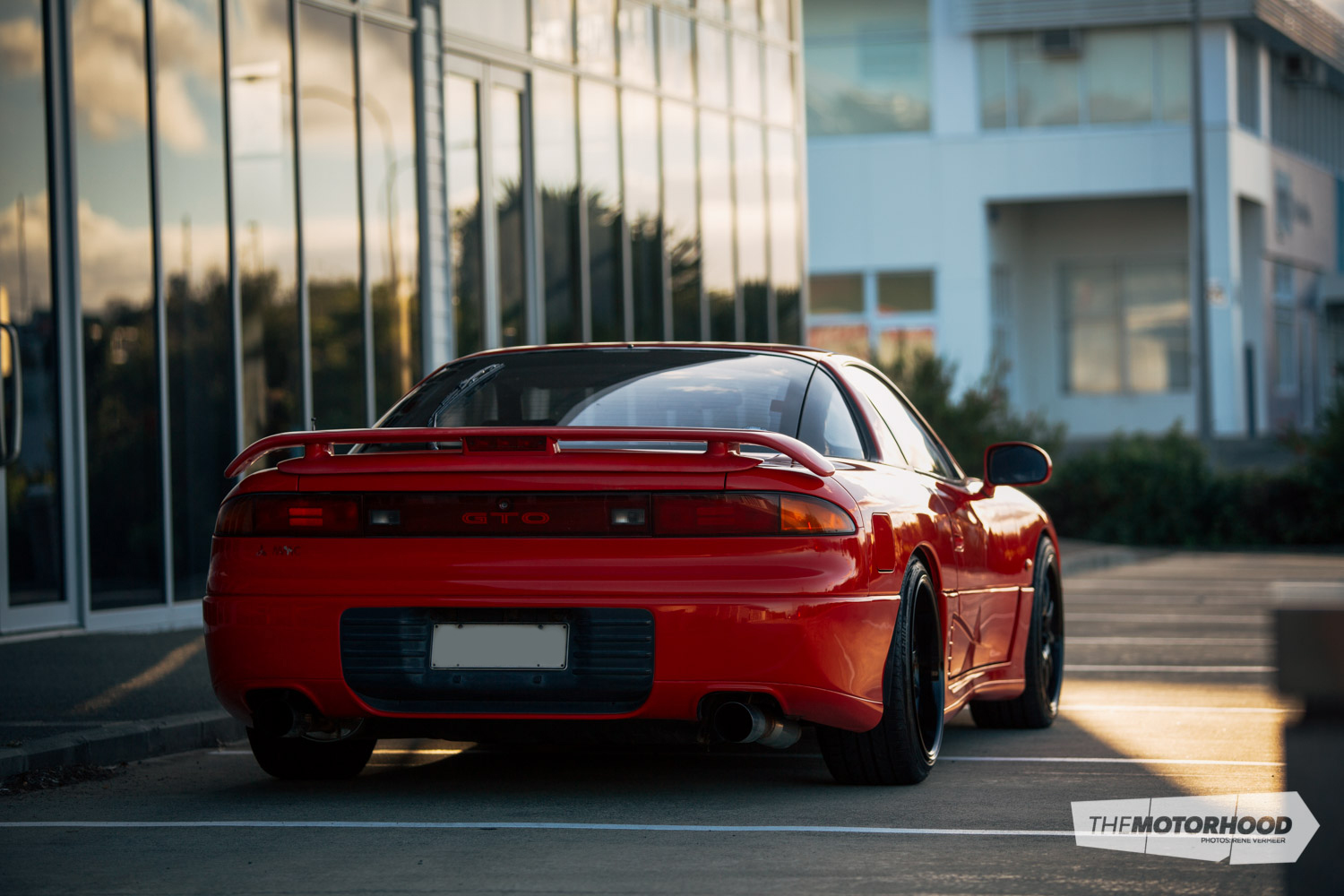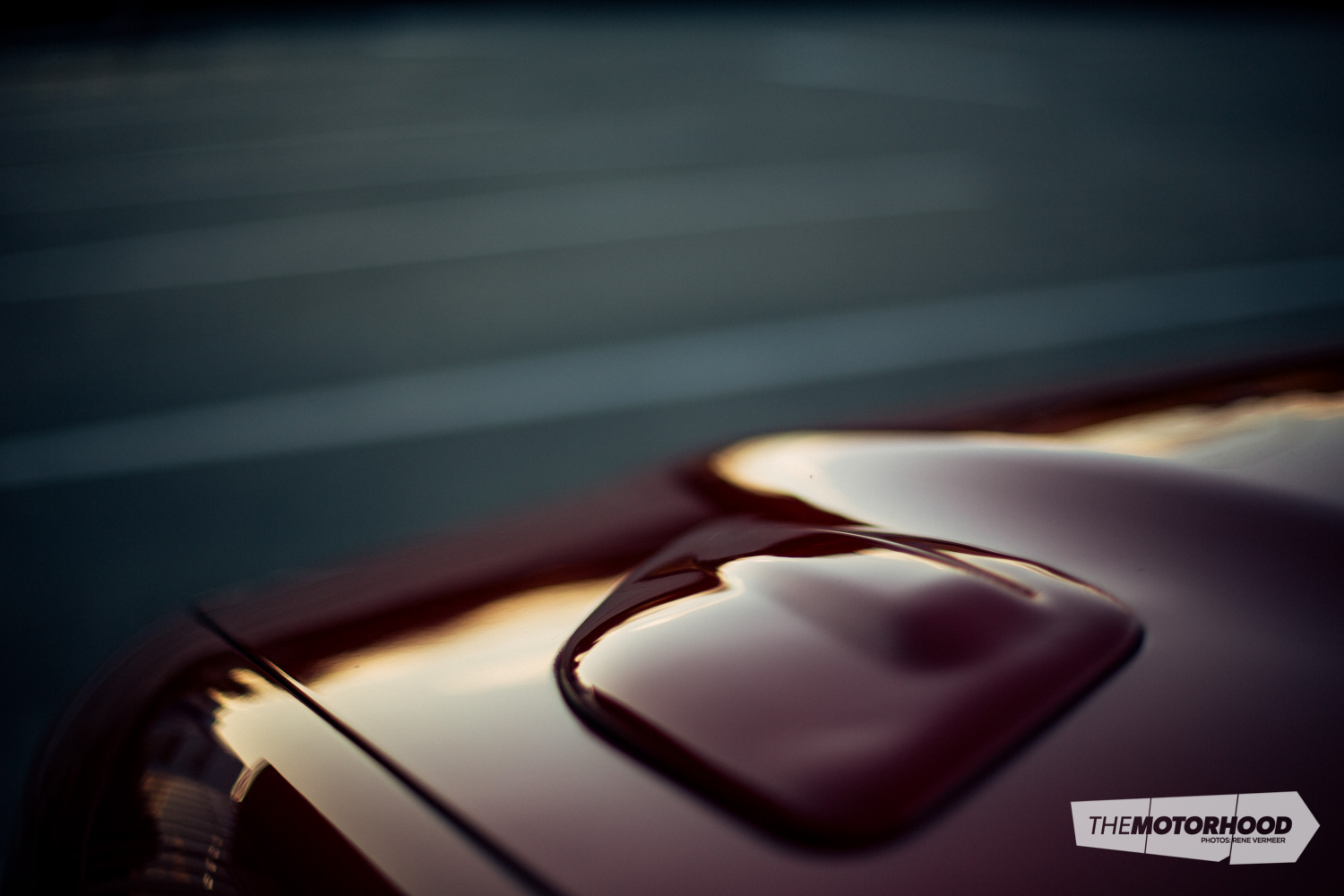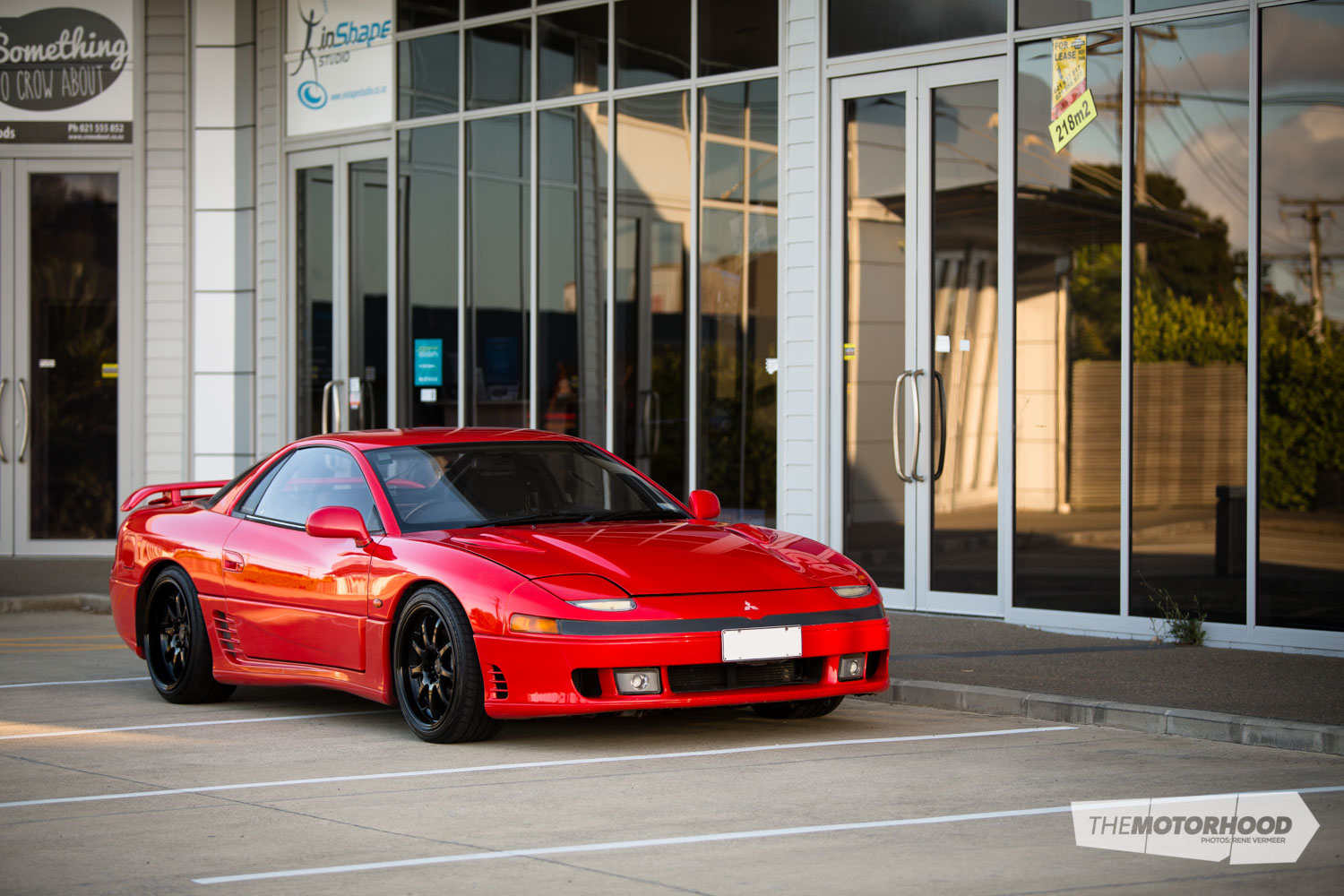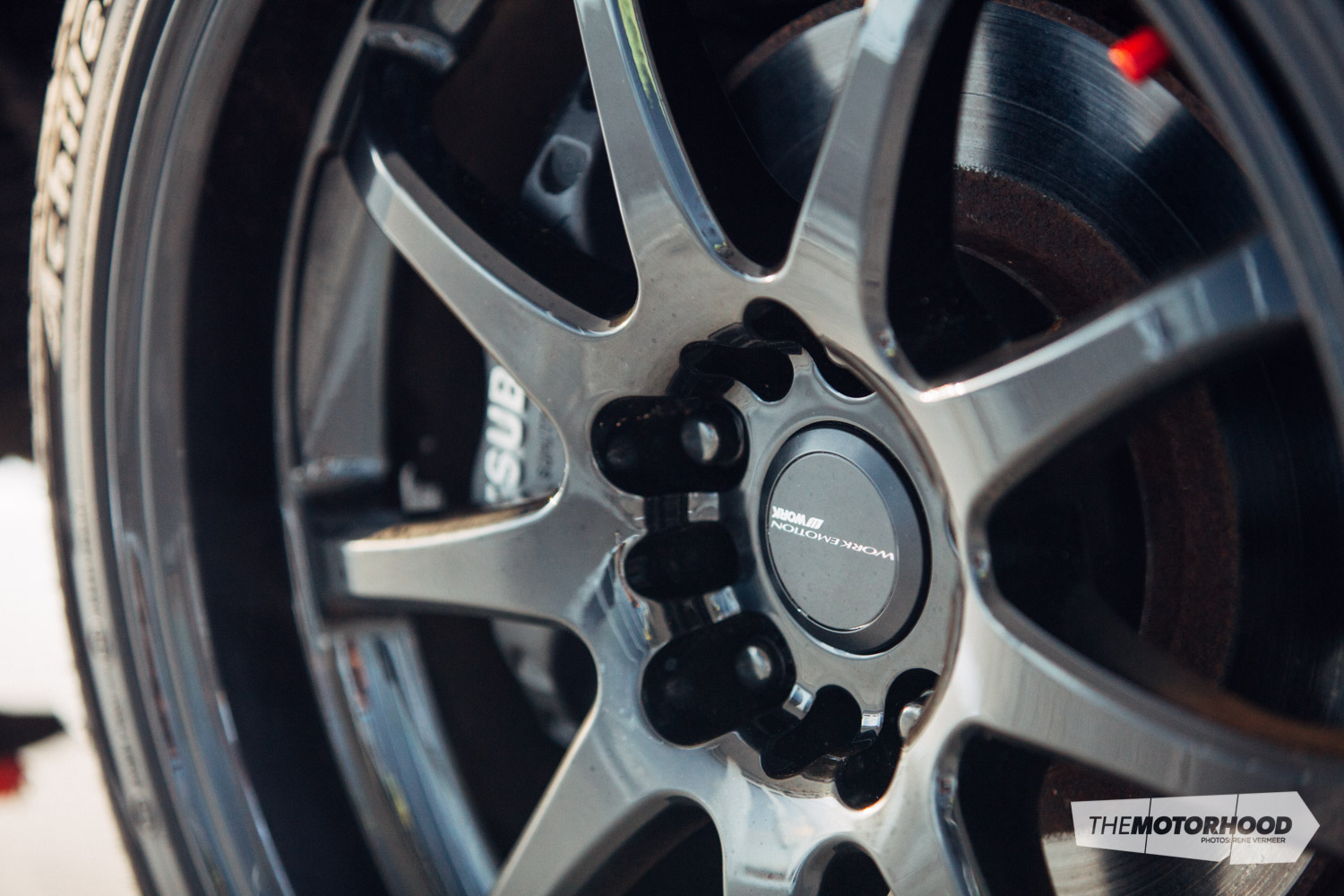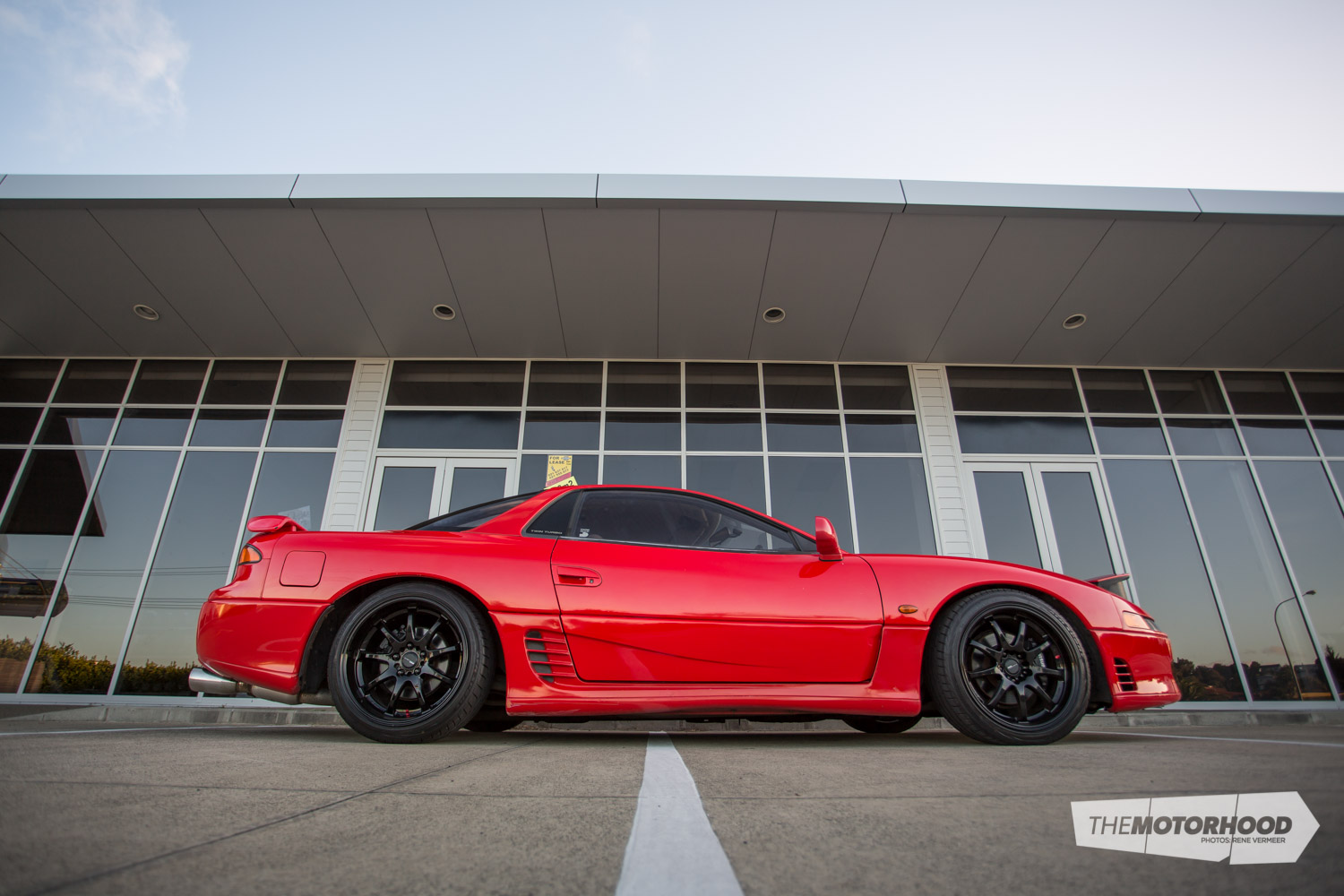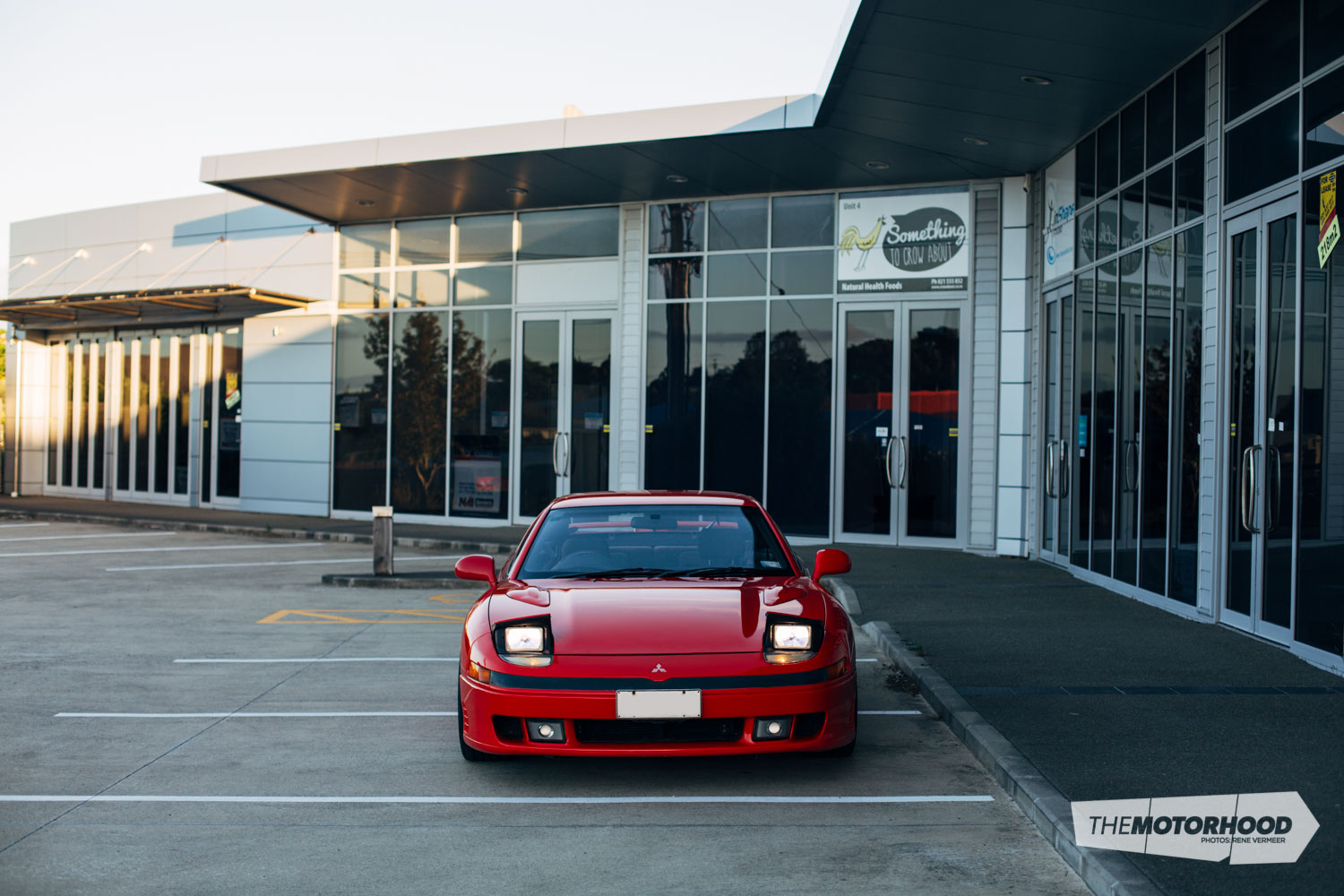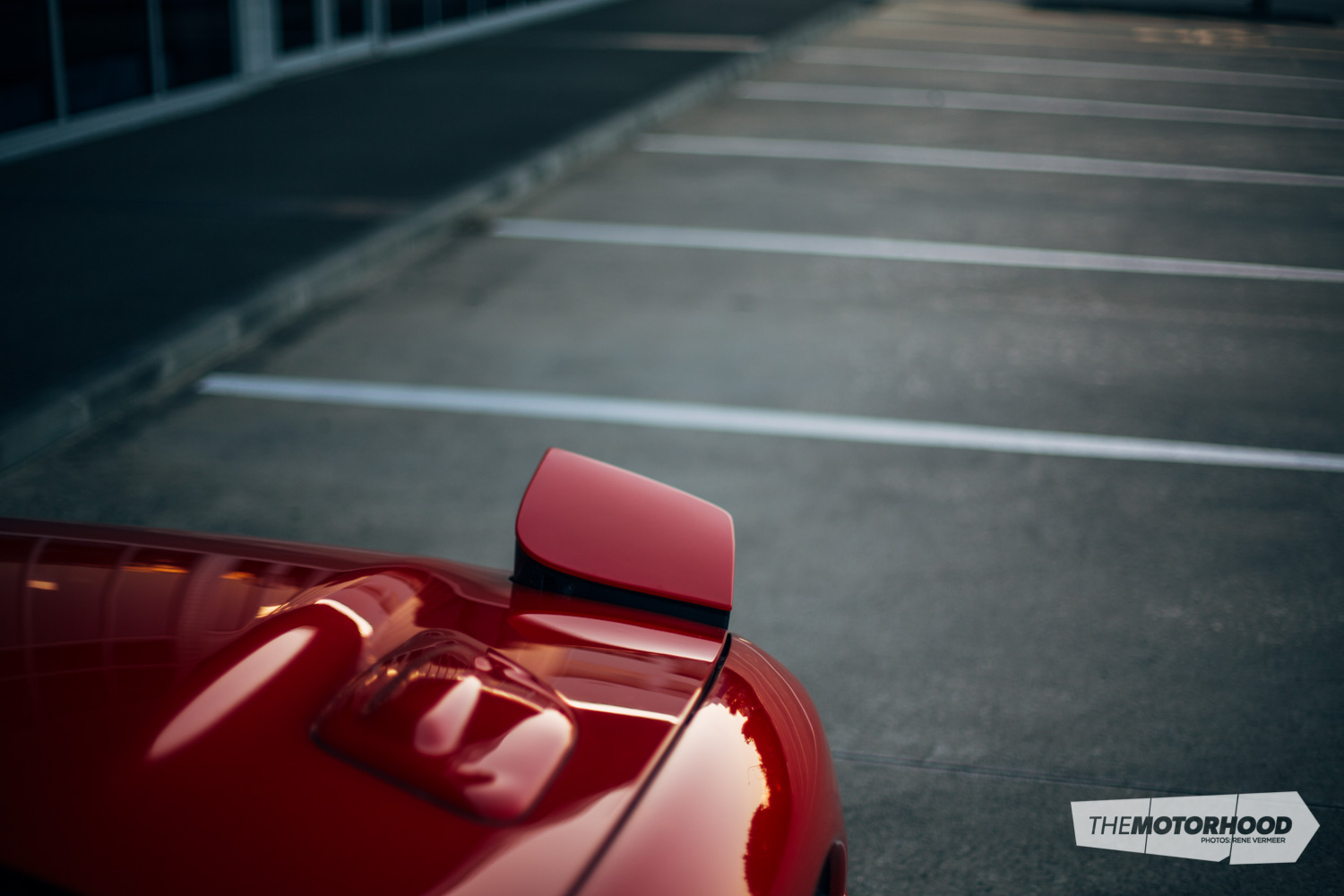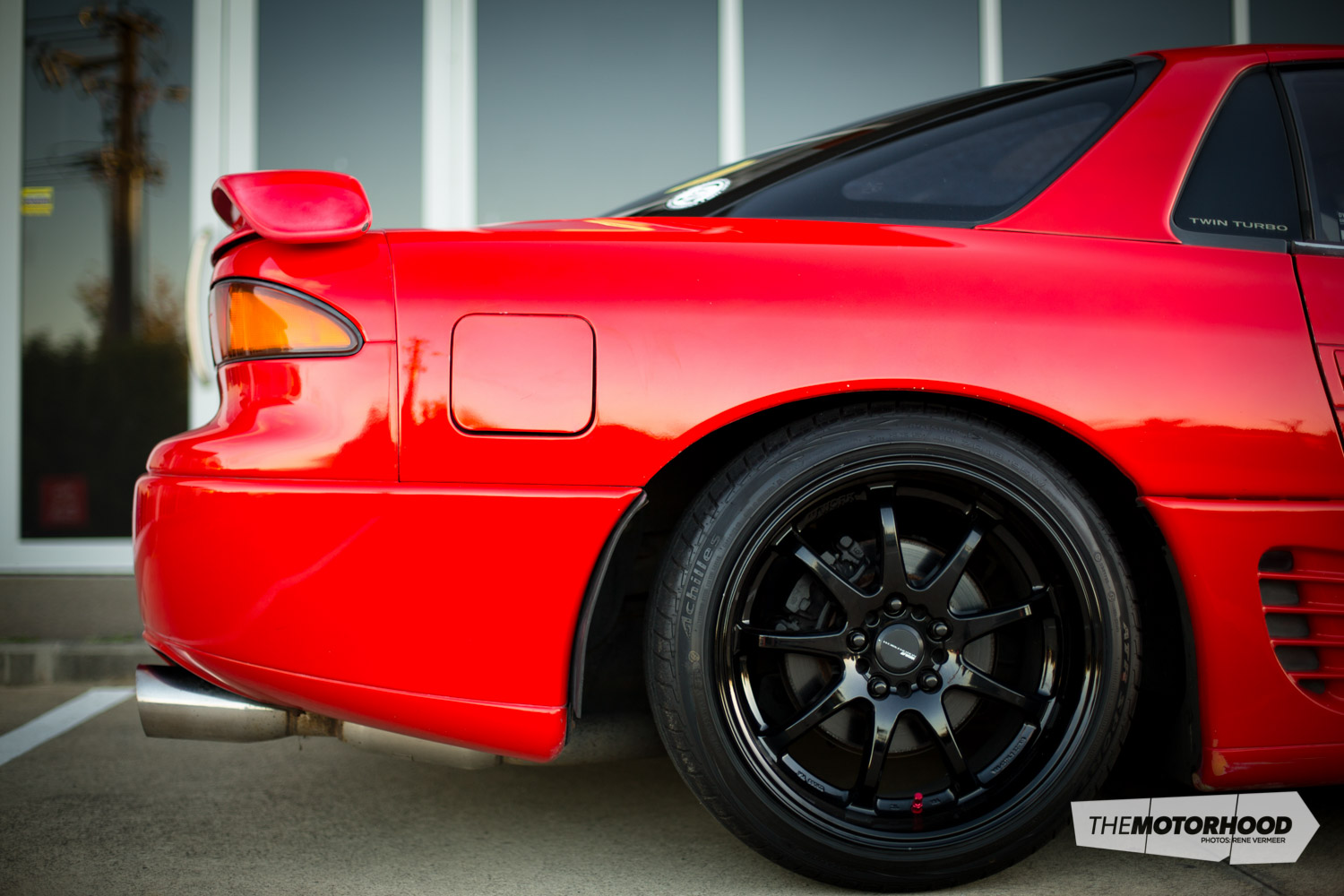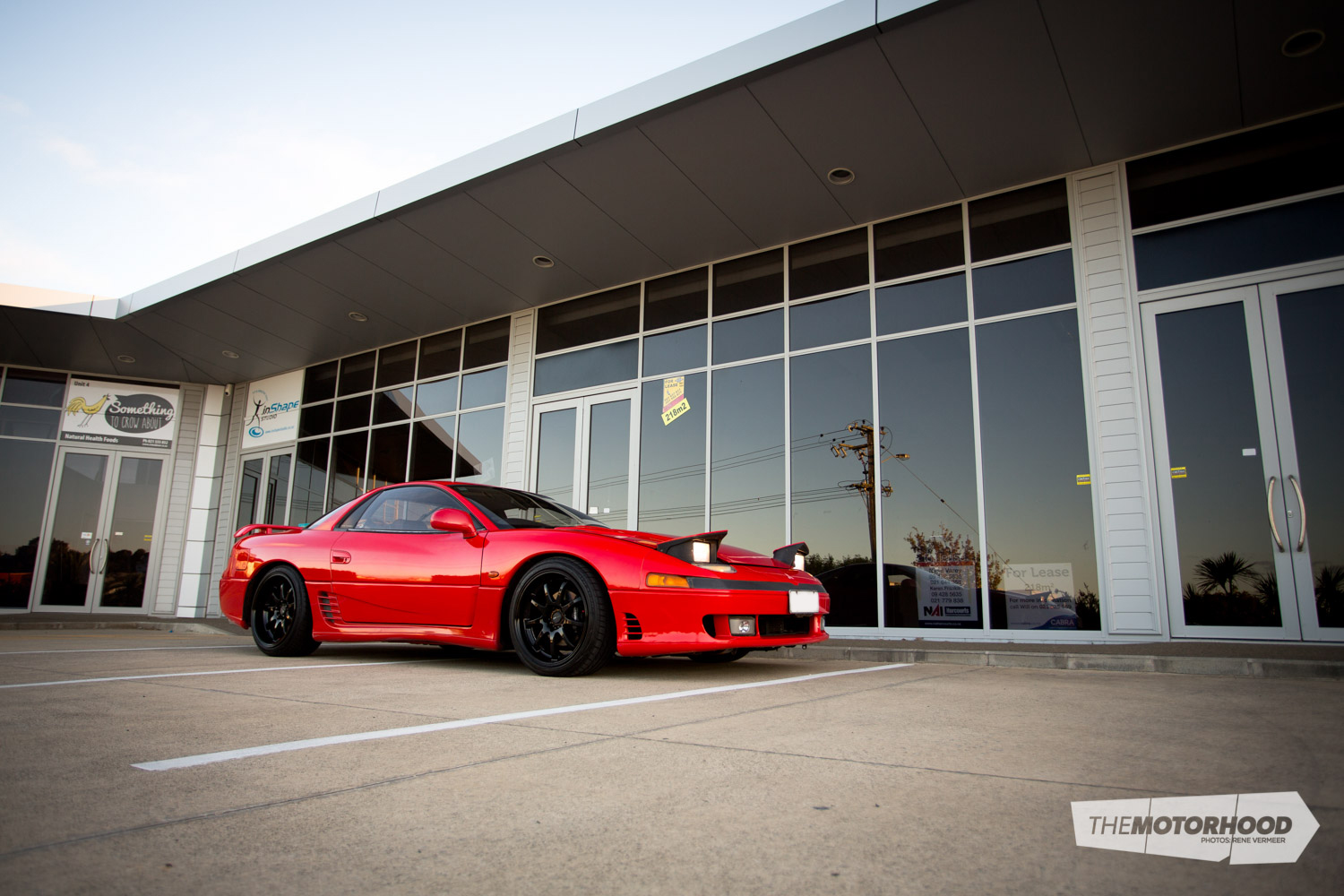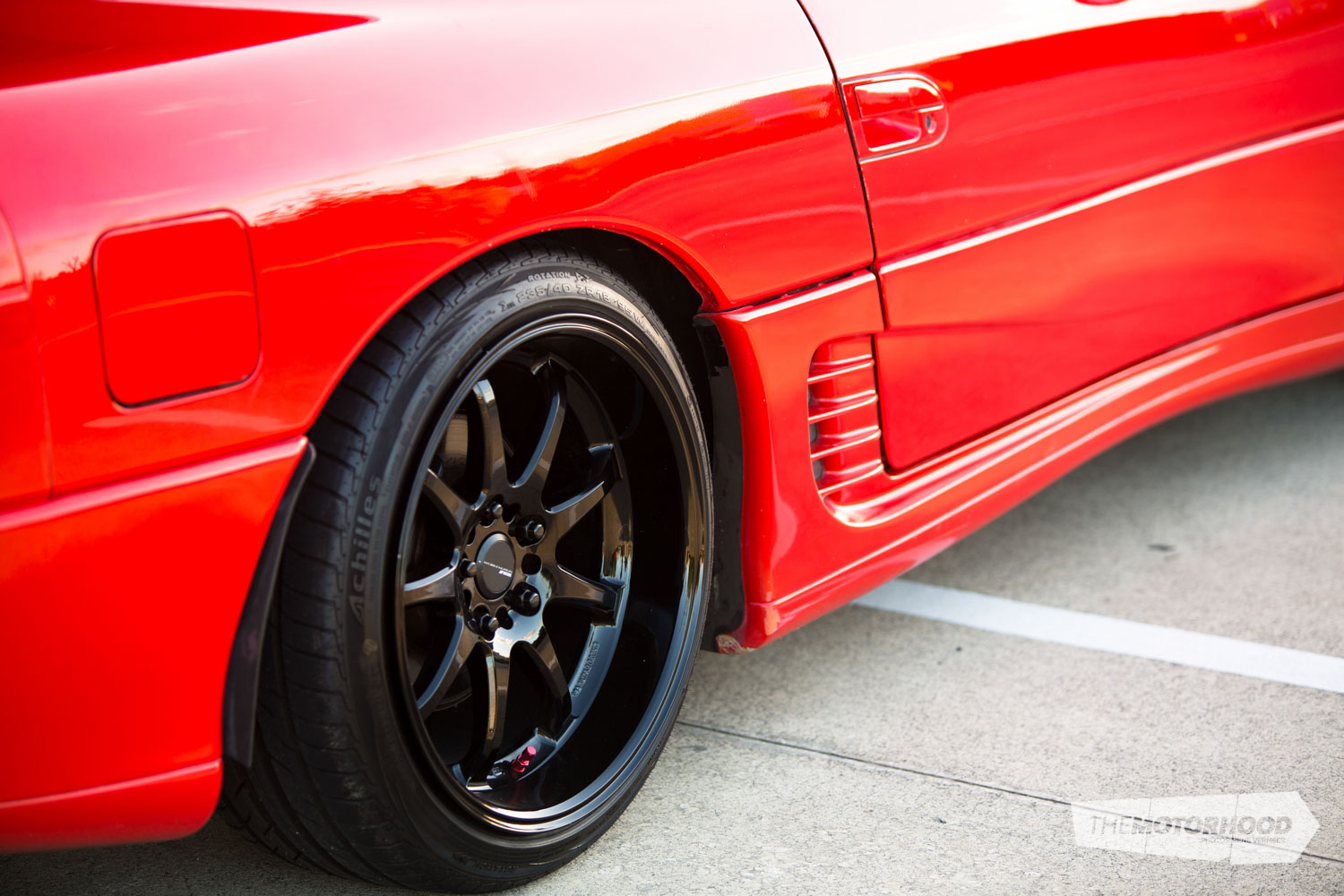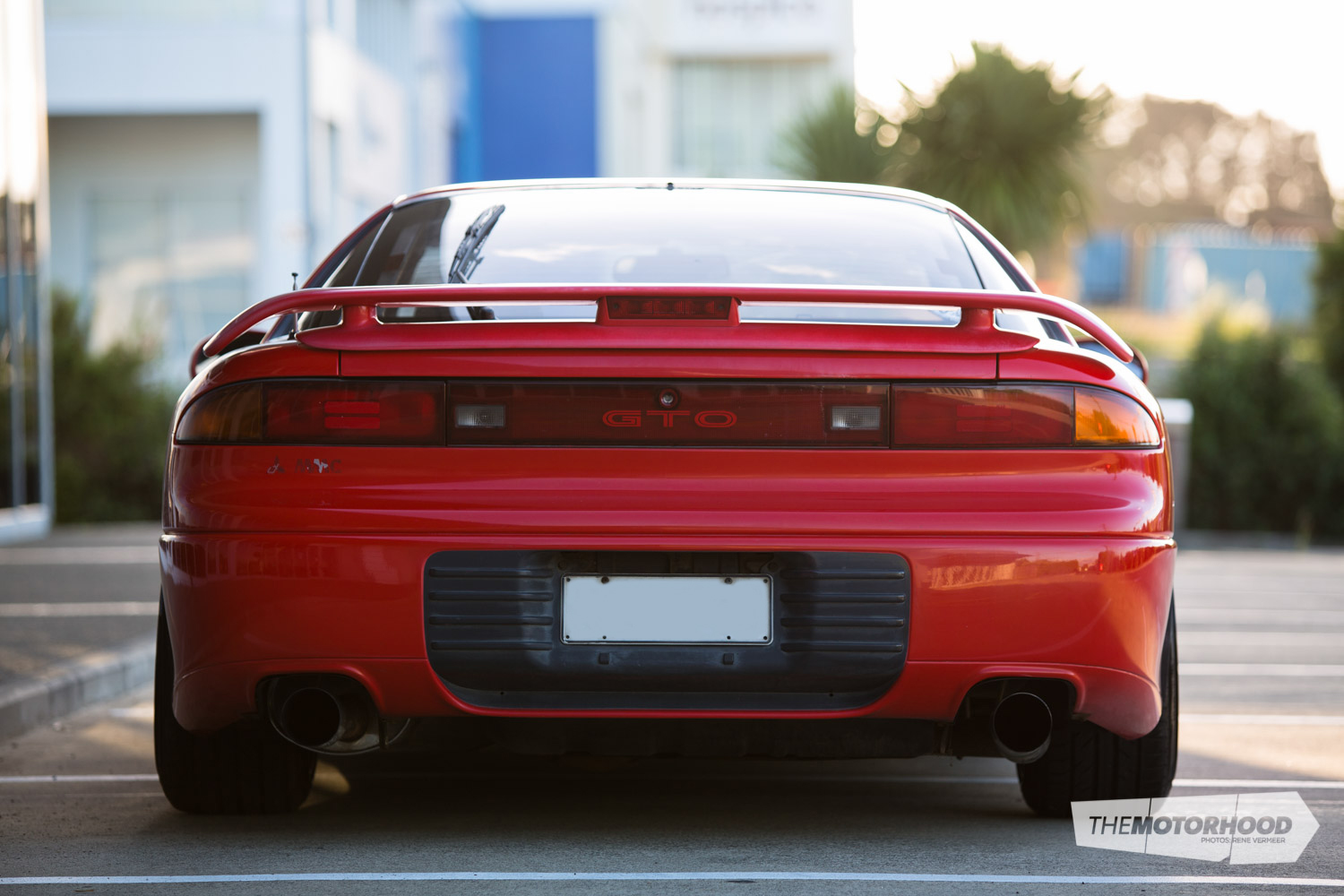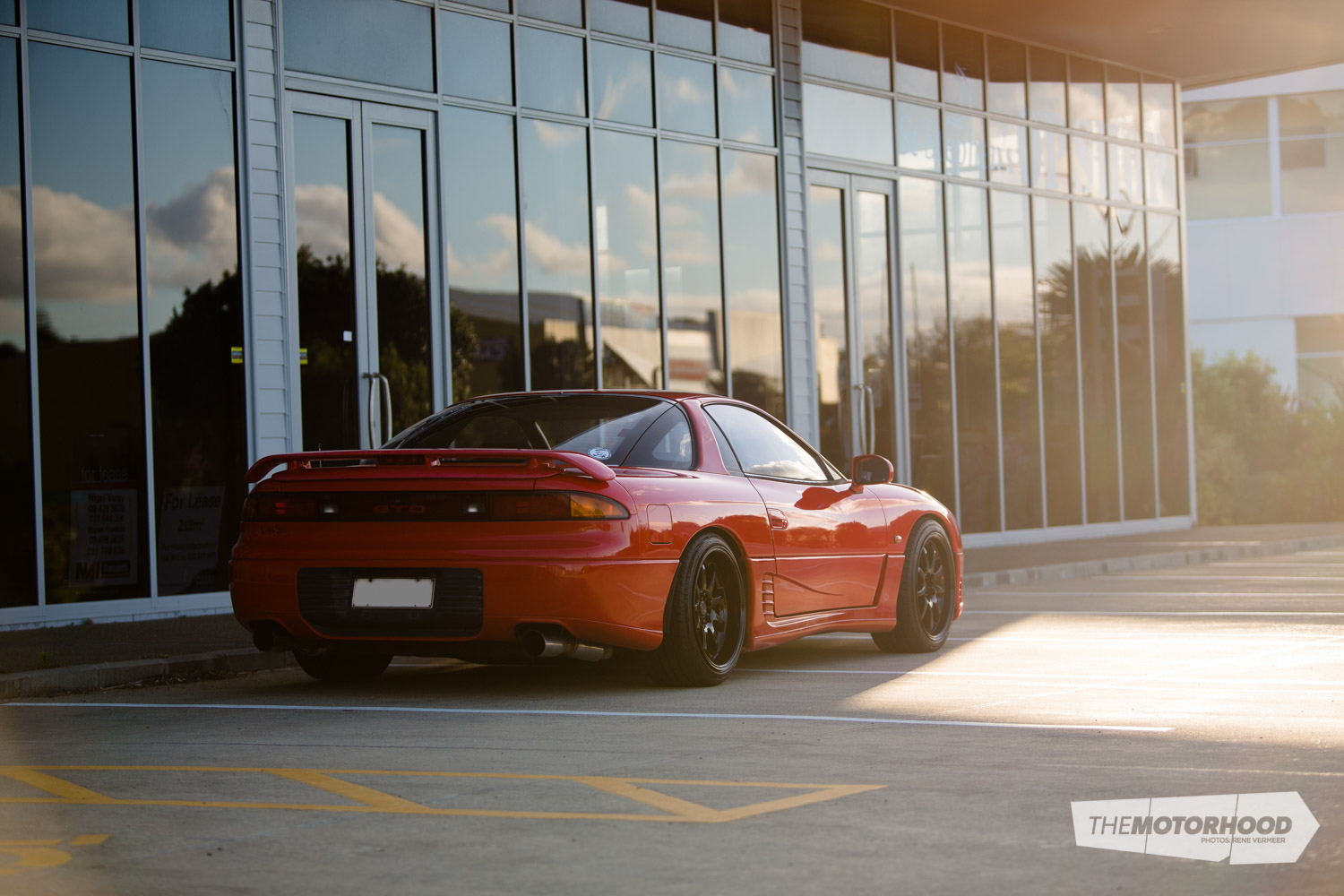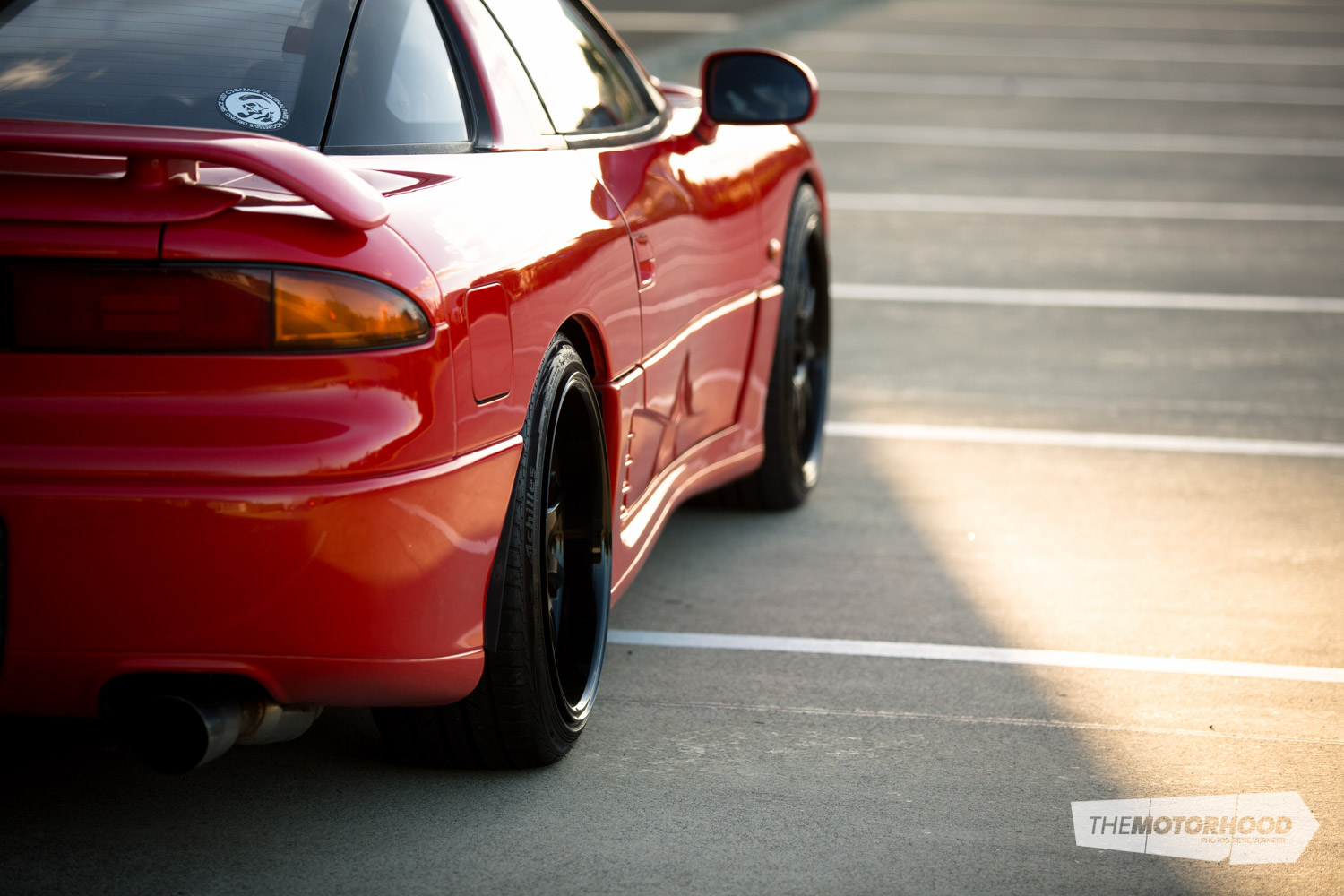It’s been a tough few weeks for me lately. The desire to want to build an affordable circuit car has been stronger than ever — I even went as far as nearly selling the GTO. Nearly. Fortunately (for the GTO), it changed my mind with its dashingly sporty ‘Italiano’ good looks.
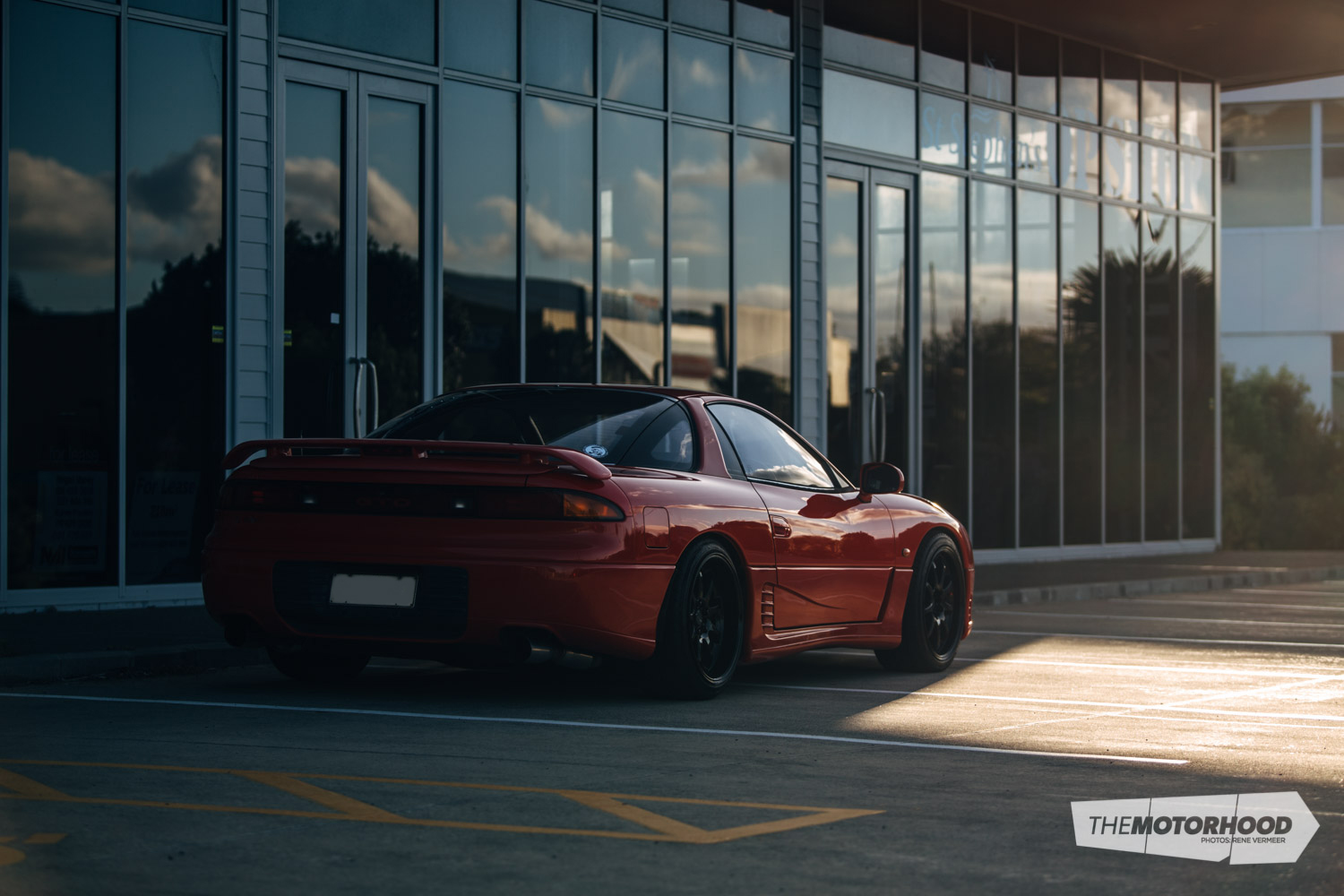
After spending a very sad day polishing, detailing, and caressing the GTO, I was ready to head out to my local photo spot to take the for-sale photos. The GTO was looking better than ever — my latest polish purchase really did do wonders for the somewhat tired 1991 paint job. Why did I have to do such a good job?
With the intention of photographing to sell, I roped in several lenses and got to work. I started with the usual angles — nothing too exciting. Business as usual.
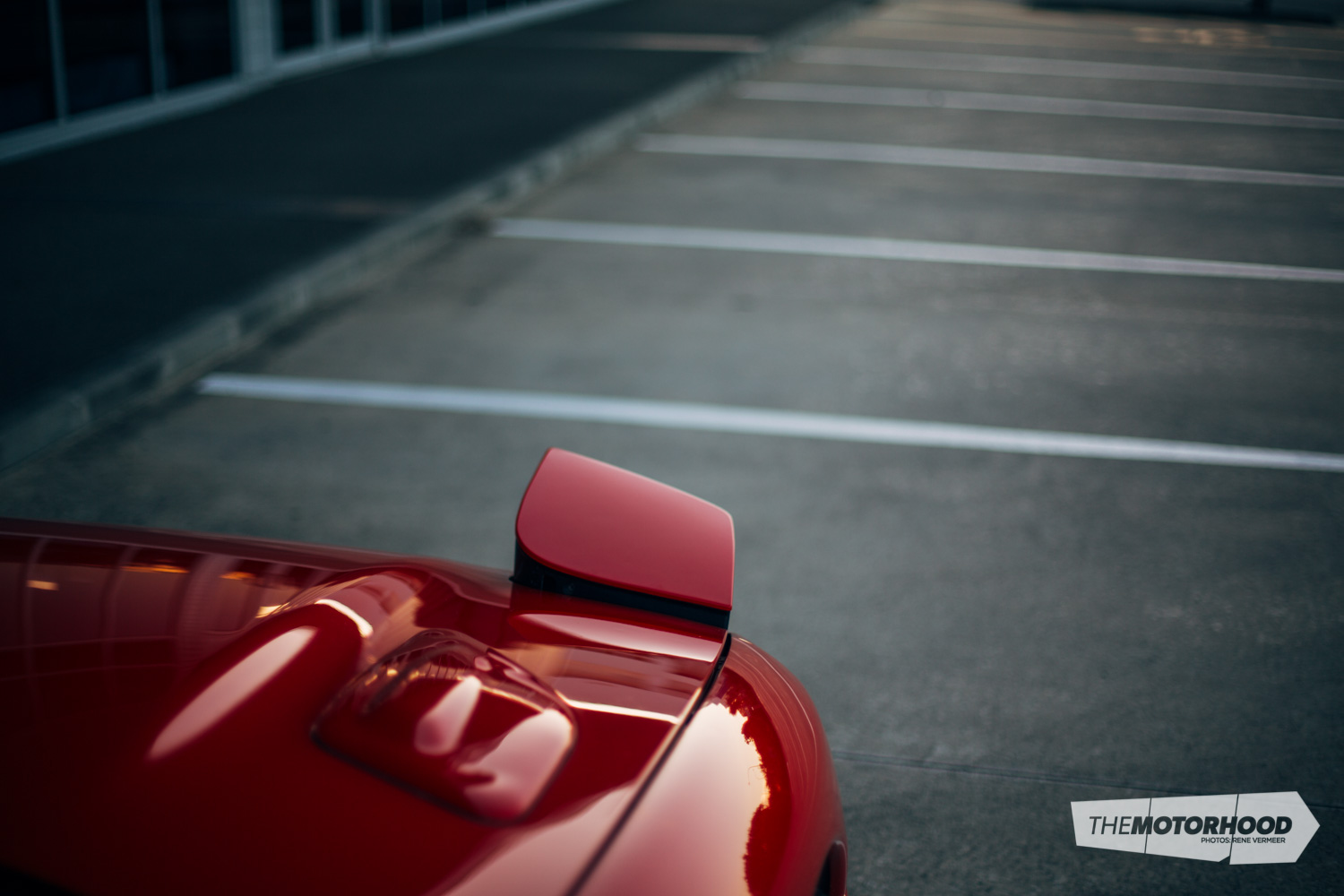
After taking a couple of shots I got an intense sinking feeling. If this sold I would no longer be able to gaze at its beauty. Then I started to second guess myself. Why should I sell it? If, in the next five minutes I can think of five good reasons as to why I should keep this car — I will.
So, here are the five reasons I pondered on for the rest of the afternoon, that were decided upon in less than five minutes, and secured the future of my low-mileage example.
1. Beauty
The GTO is a beautiful car — well, to me anyway. With exterior-styling influences from the likes of Ferrari, the GTO truly does appear as more of a supercar when compared to other big-sixes of its generation. The hood vents, although purposeful, just add to the early ’90s styling, and the Ferrari Testarossa–inspired side skirts add a touch of Italian flare to this Japanese sports car. The beauty of this car was what made me originally reconsider selling it on, so here it sits as the number one reason to hang onto it. I just can’t stop looking at it.
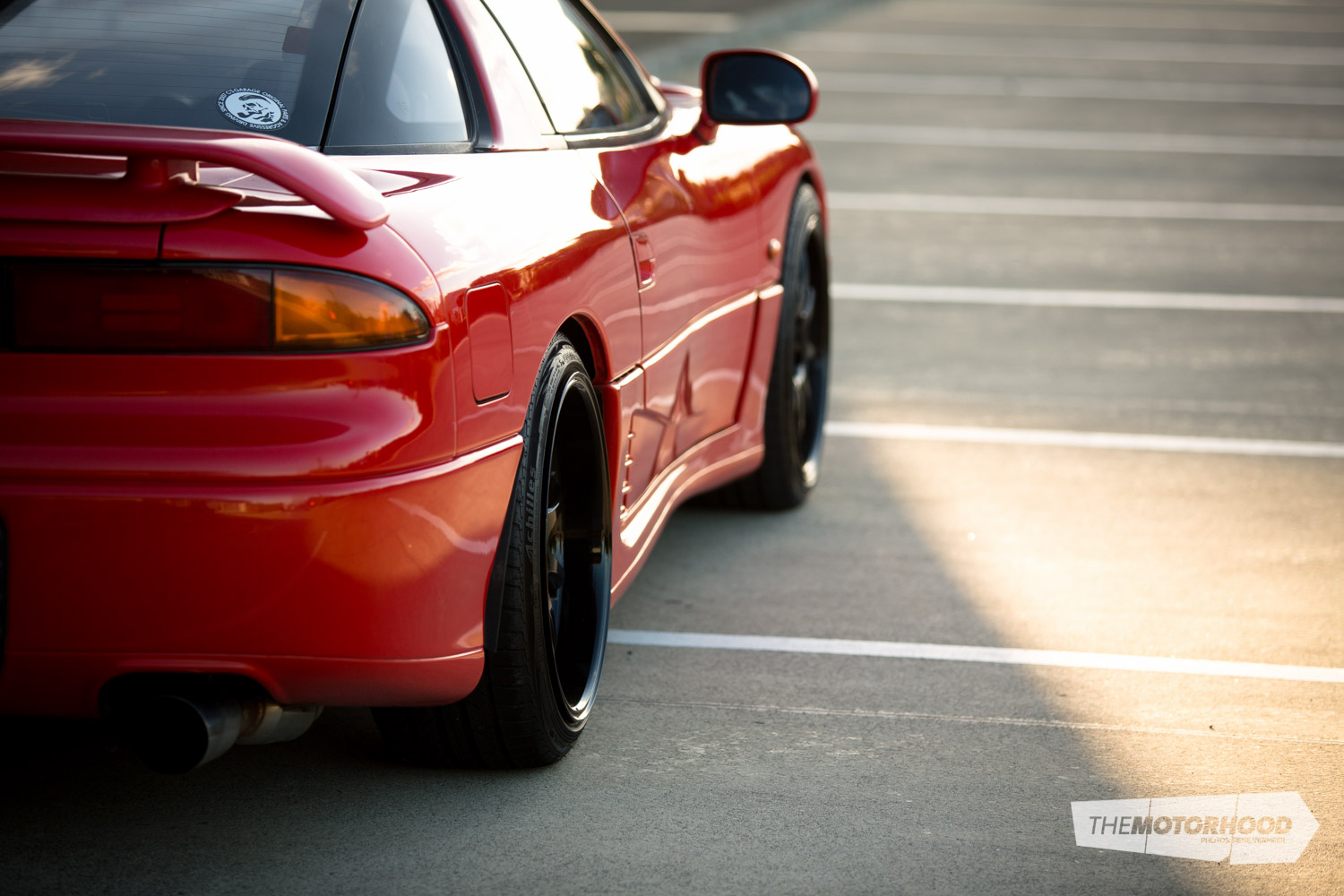
2. Beastly
At over 1600kg the GTO is no lightweight, but what most people don’t realize is that with all of the technology (for the ’90s) that these cars have, comes extra weight. Remember, these vehicles were $145,000 on the yard back in 1991. More than any other Japanese vehicle at the time. Look how big it is (again, for the ’90s) — in the wild, predators often use their size to intimidate the weak, and the GTO definitely gives off that presence. It just looks tough. Yes, the wider wheels have helped the cause too.
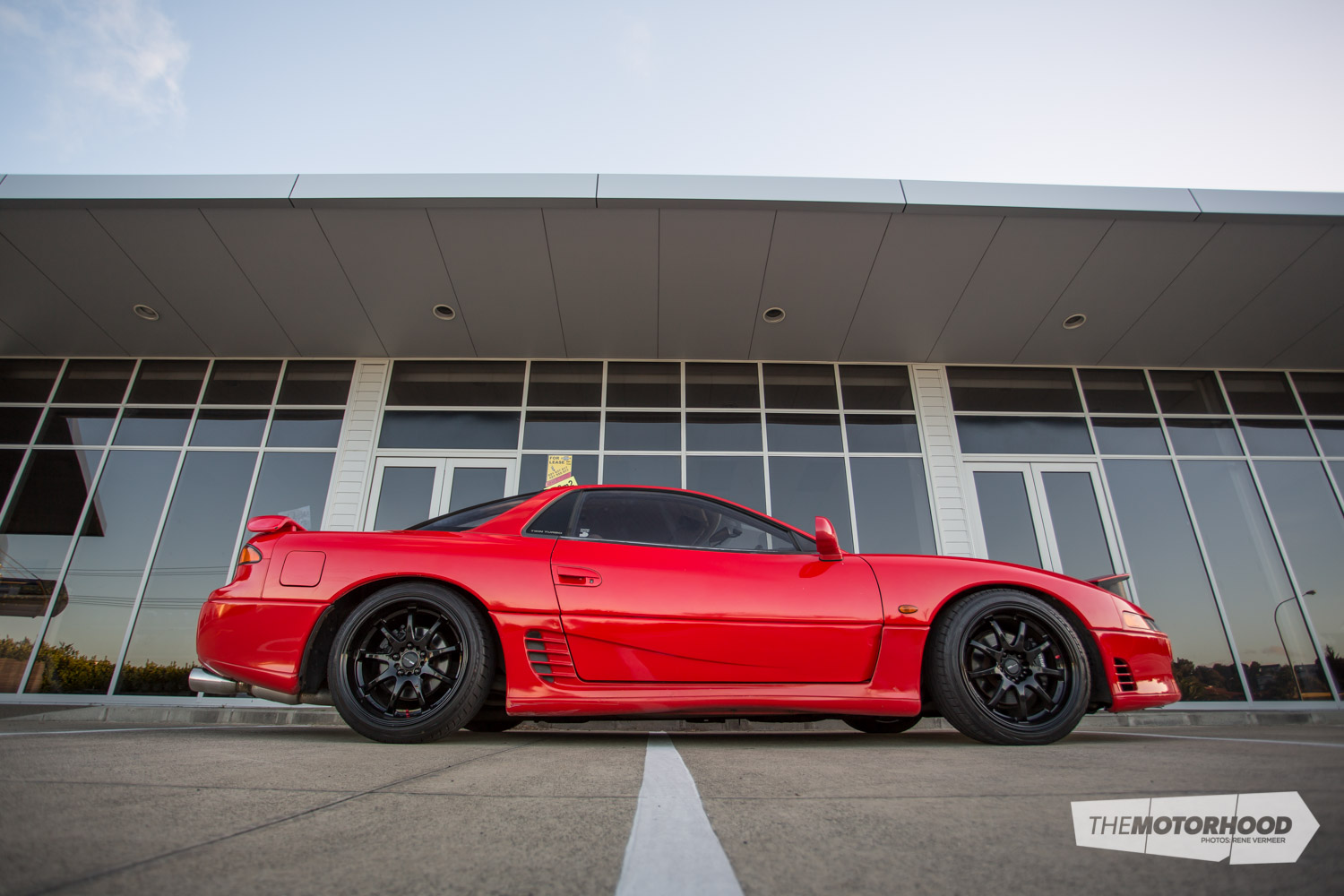
3. Power
The intimidatingly large size does give the impression that it makes a fair whack of power, and you wouldn’t be wrong there. The factory 6G72 engine is 3000cc in capacity and is equipped with two TD04 turbos, two intercoolers, and four exhaust pipes — however, mine has an aftermarket system with two exit pipes. This equated to 206kW, as per the Japanese gentlemen’s agreement at the time, and 427Nm of torque — the same as Toyota’s 2JZ-GTE engine. However, unlike the 2JZ-GTE engine, the turbos run in parallel. What this means is that when they come on, they do so together, which gives you a very meaty surge of torque. Peak torque (427Nm) is available at 2500rpm, enough to climb any mountain, or pass anything in your way without having to change gears. Awesome — great for touring.
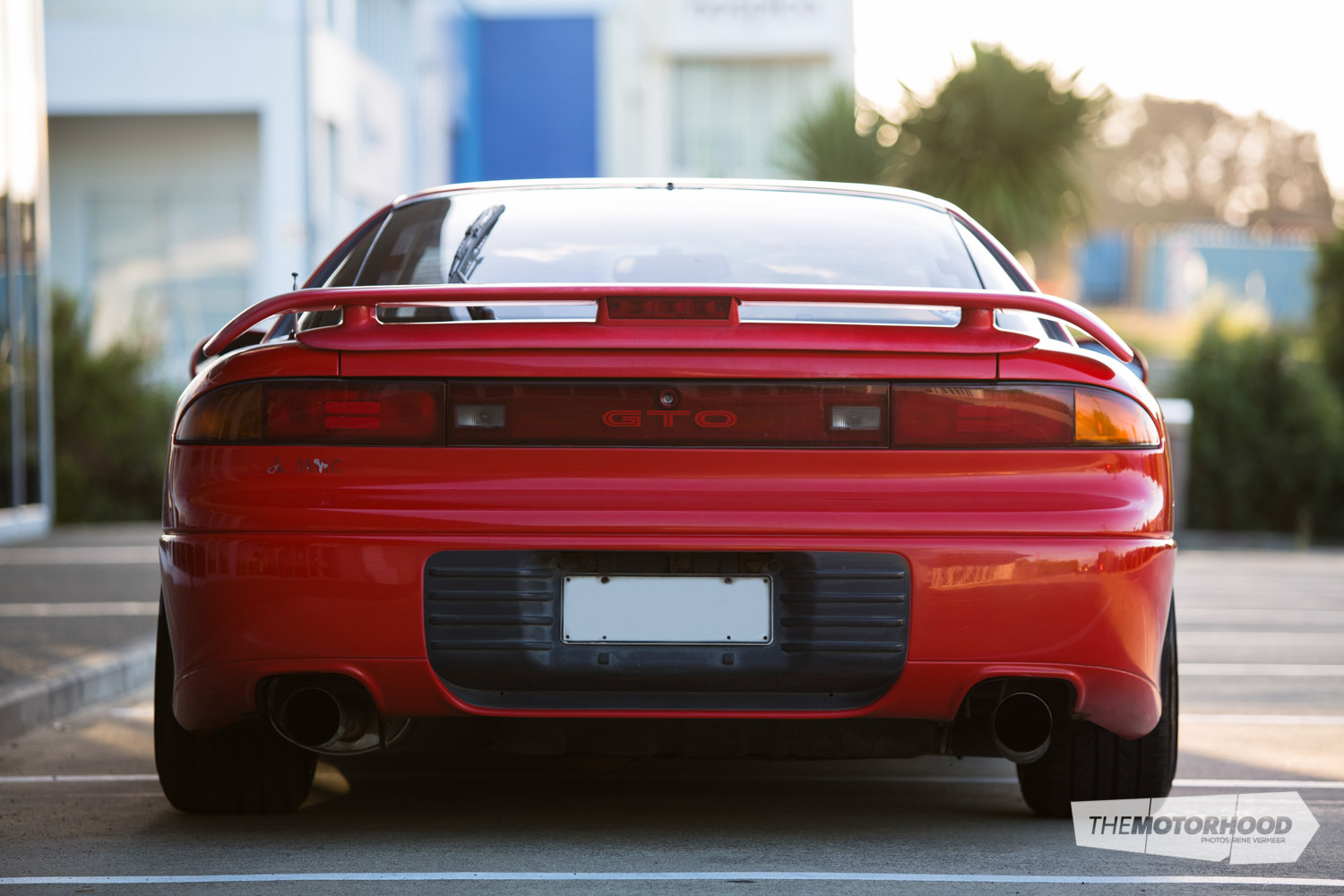
4. Glue
No, I don’t mean glue that holds the hoodliner on, or the glue that holds together a South American–built Volkswagen Golf Mk III. By glue, I mean GTOs are glued to the road — no matter what kind of gnarly stunt you try and pull. Full-time four-wheel drive, four-wheel steering, active aerodynamics, and electronically controlled suspension are just some of the Mitsubishi tricks that keep it on track. To aid this, I have just installed the 18×9-inch and 18×10-inch Work Emotion XD9s with Achilles ATR Sport 2s to help get around the bends quicker. Oh, and the Bilstein suspension that replaced the factory electronic stuff helps too. The GTO’s ability to stay on the road is hugely appealing to me, as I often take it away on long journeys — it’s definitely a safe grand tourer.
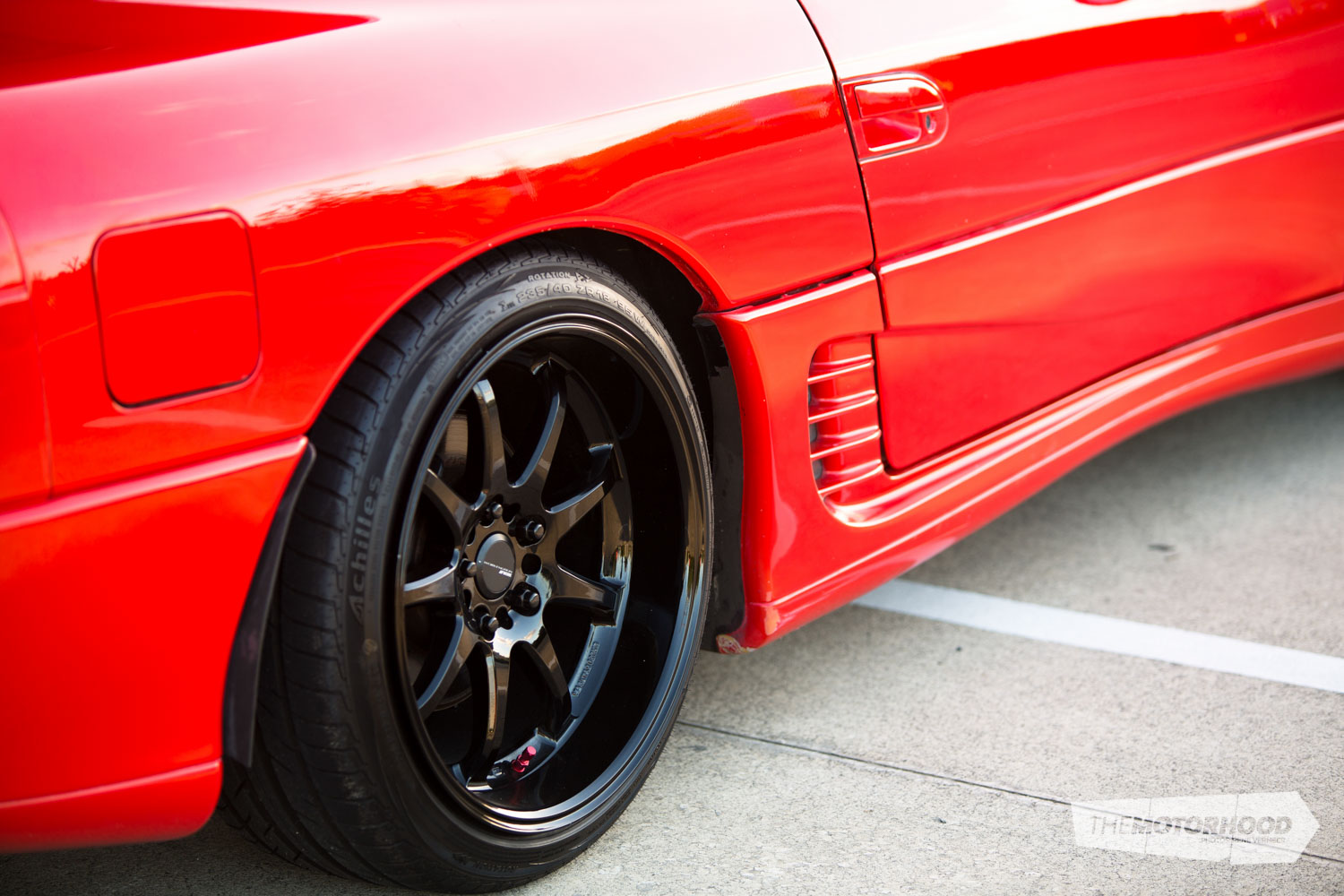
5. Future classic
Alright, alright, bear with me. I know they’re pretty cheap at the moment when compared to NSXs, GT-Rs, Supras, and RX-7s of the same era, but I can guarantee you these will rapidly increase in value over the next ten years. If you’re around my age, you will have a wife in around ten years, a house, and quite possibly a herd of children, and when you get that old Playstation gaming console out to entertain them, fire up Gran Turismo and select the GTO, the nostalgic feels will whack you right in the face. After you’re done crying, you’ll fire up whatever fancy computer you have in ten years, search online and try track one down only to find everyone else is doing the same thing, thus driving the price up. You’ll hear my voice saying, “I told you so!” Plus, I’m dutch. So I know for a fact the future René will refuse to pay the inflated GTO prices in ten years.
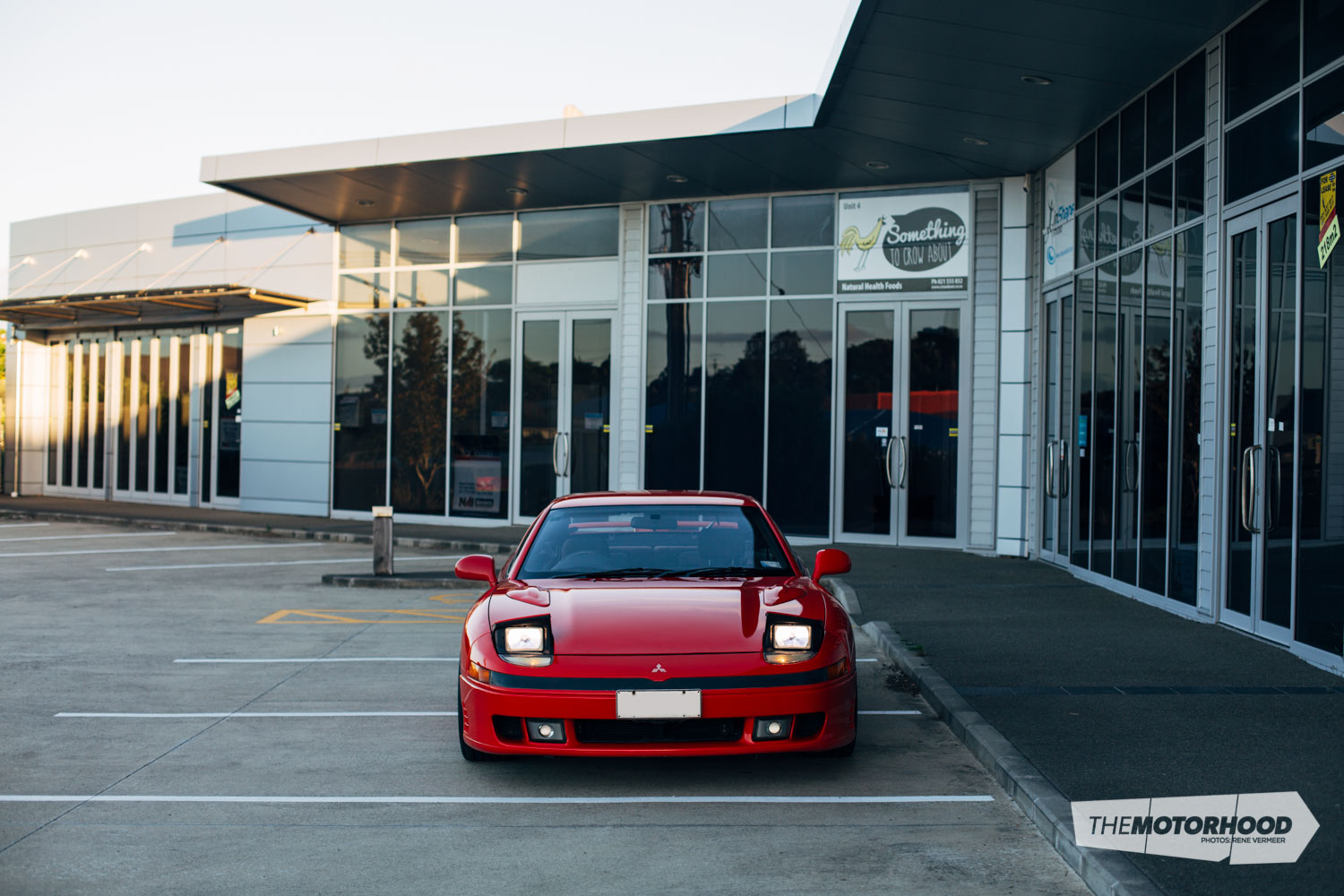
Another justification that I’ll throw into this fifth reason, is that it’s unique. Apart from several members in the GTO club who are modifying theirs, not many people are modifying them at the moment — something that appeals to me very much in this cookie-cutter time we live in.
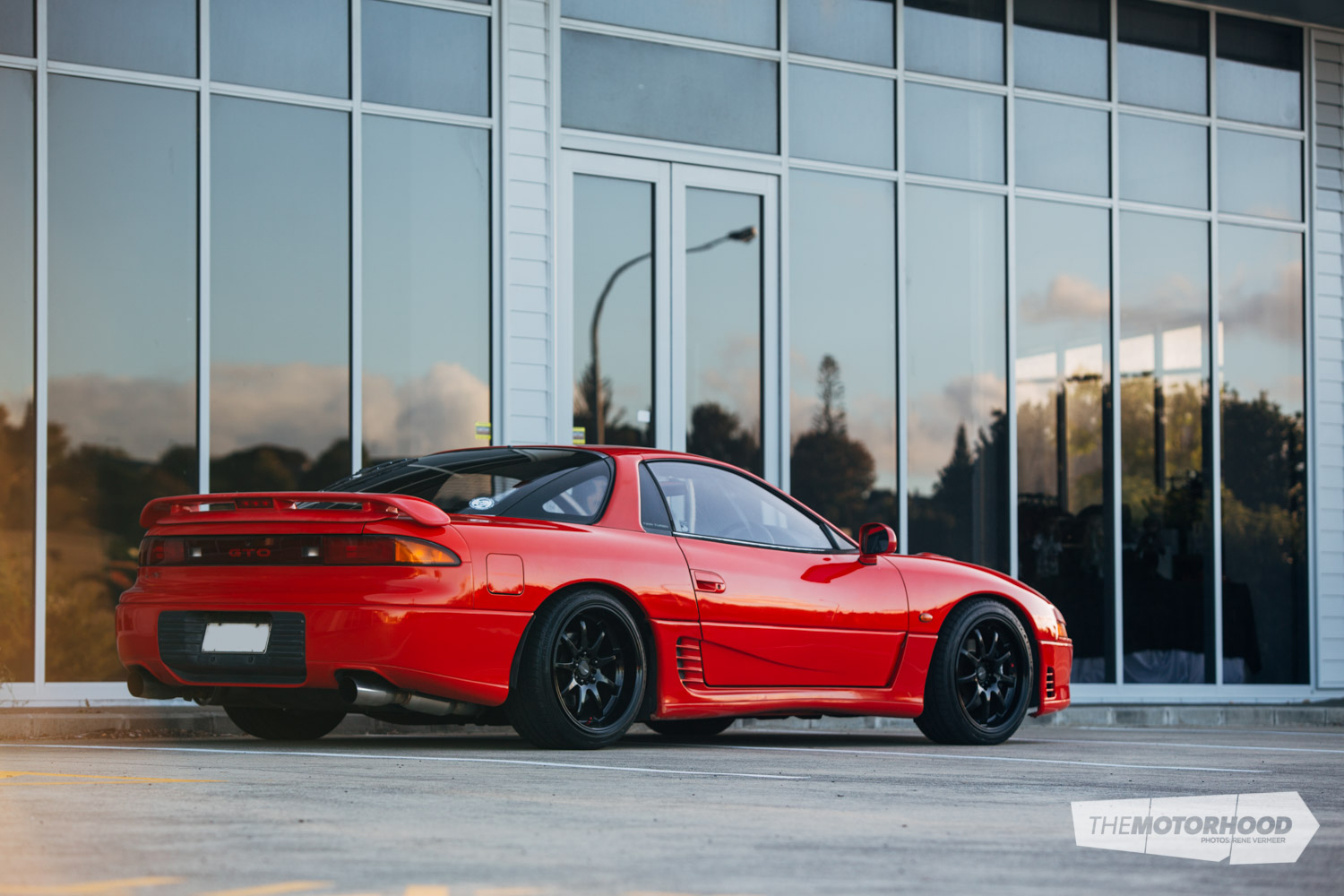
These reasons came to me very rapidly as they were the reasons that I originally purchased this car in the first place. These reasons were decided upon after playing countless hours of Gran Turismo, looking at specs, and reading/watching car reviews. And, after actually owning one of these vehicles, I assure you, they’re as good as they are on paper at everything Mitsubishi says they can do. For these reasons, I have decided to keep the GTO and I will continue to modify it whenever the spare cash arises. Maybe it’ll give a few GT-R owners a run for their money one day. Probably not, ever — but dreams are free.





